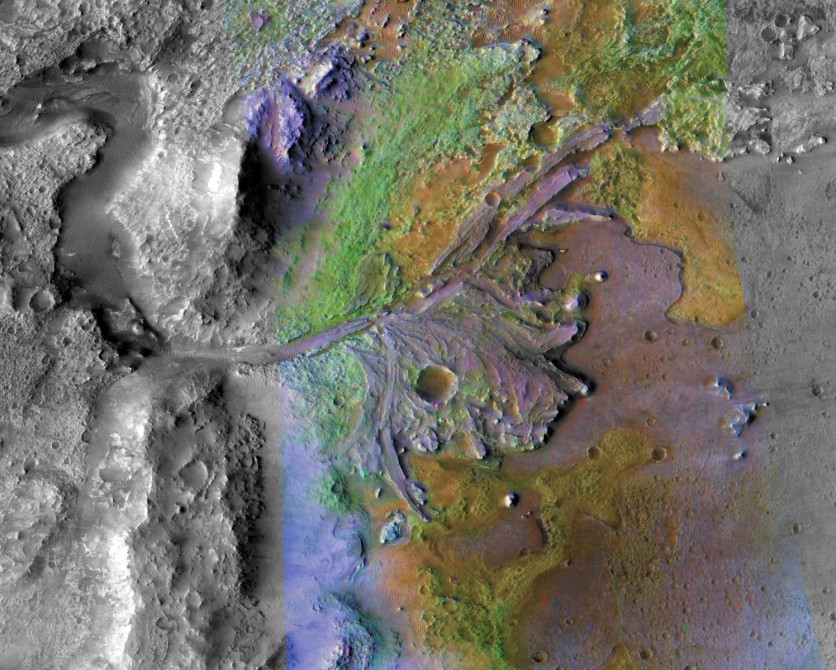Marking its 1,000th Martian day on the Red Planet, NASA's Perseverance rover recently completed its groundbreaking exploration of the ancient river delta within Jezero Crater, uncovering critical insights into Mars' geological history.
The six-wheeled rover has traversed a significant part of an ancient river and lake system, collecting 23 valuable samples that offer a glimpse into the Red Planet's past.

Ancient River Delta of Mars
NASA's Perseverance completed its investigation of the ancient river delta, which holds evidence of a lake that existed in Jezero Crater billions of years ago. The crater was formed almost four billion years ago from an asteroid impact.
After Perseverance landed in February 2021, it unveiled the crater's diverse geological features, from igneous rock on the crater floor to sandstone and mudstone, indicating the arrival of the first river hundreds of millions of years later.
The rover's exploration has revealed the presence of salt-rich mudstones, indicating the existence of a shallow lake undergoing evaporation. The team believes this ancient lake could have reached a diameter of 22 miles and a depth of 100 feet.
Fast-flowing water later transported boulders from outside Jezero, distributing them across the delta and the crater. Libby Ives, a postdoctoral fellow at NASA's Jet Propulsion Laboratory, emphasized the importance of Perseverance's up-close examination to understand the detailed timeline of Jezero's geological history.
The mission team has utilized the rover's instruments, including the Planetary Instrument for X-ray Lithochemistry (PIXL), to study the chemistry of rocks and decide which samples to collect.
Mars Sample Return Campaign
The collected samples, stored in special metal tubes, are part of the Mars Sample Return campaign, a collaborative effort between NASA and the European Space Agency (ESA). Transporting these tubes to Earth would allow scientists to analyze the samples with advanced laboratory equipment.
One of the targeted locations, "Bills Bay," revealed carbonates and silica, indicative of a watery environment favorable for preserving organic molecules related to life.
At "Ouzel Falls," the rover detected iron associated with phosphate, a crucial component of DNA and cell membranes. While Perseverance's instruments can detect microscopic fossil-like structures and chemical changes, evidence for ancient life or microbes is yet to be found.
The ongoing fourth science campaign will explore Jezero Crater's margin, near the canyon entrance, where rich carbonate deposits have been identified, offering scientists more opportunities to unravel the mysteries of Mars' ancient history.
"We have ideal conditions for finding signs of ancient life where we find carbonates and phosphates, which point to a watery, habitable environment, as well as silica, which is great at preservation," Cable said in a statement.
Related Article : NASA Tests Future Mars Helicopter Designs on Earth and Red Planet, Getting the 'Best of Both Worlds'

ⓒ 2026 TECHTIMES.com All rights reserved. Do not reproduce without permission.




